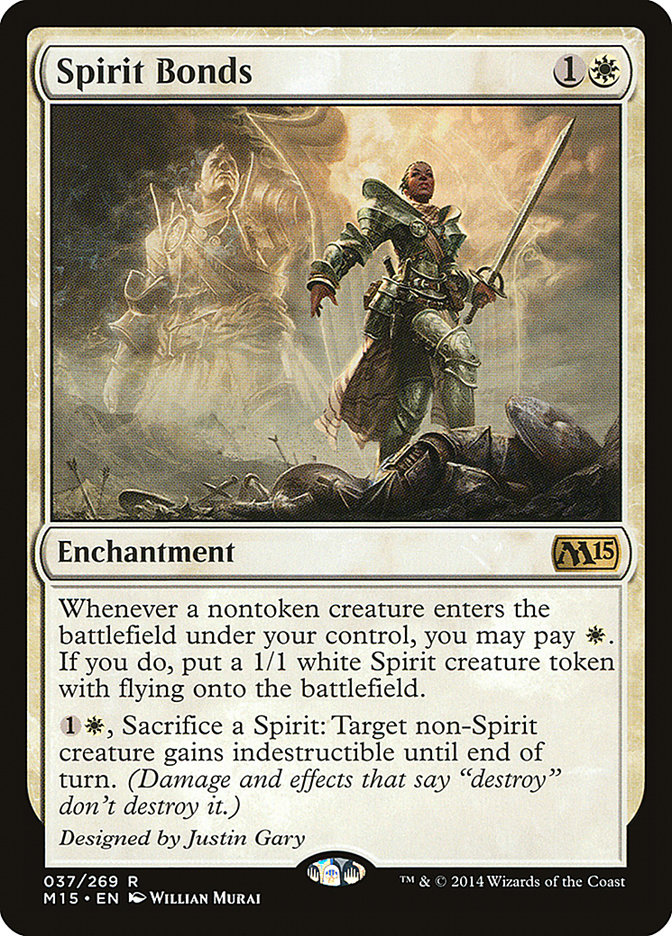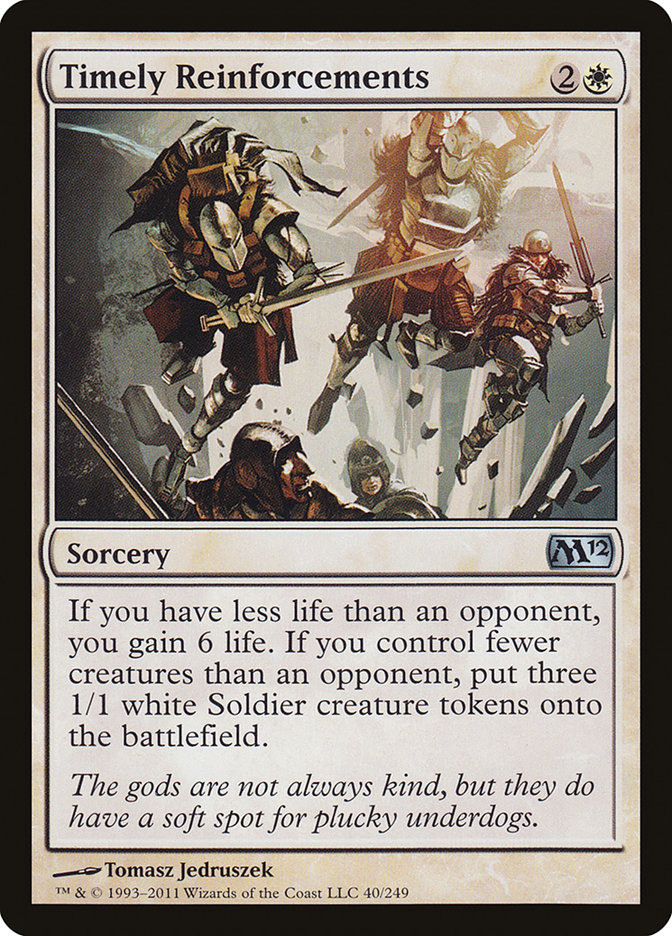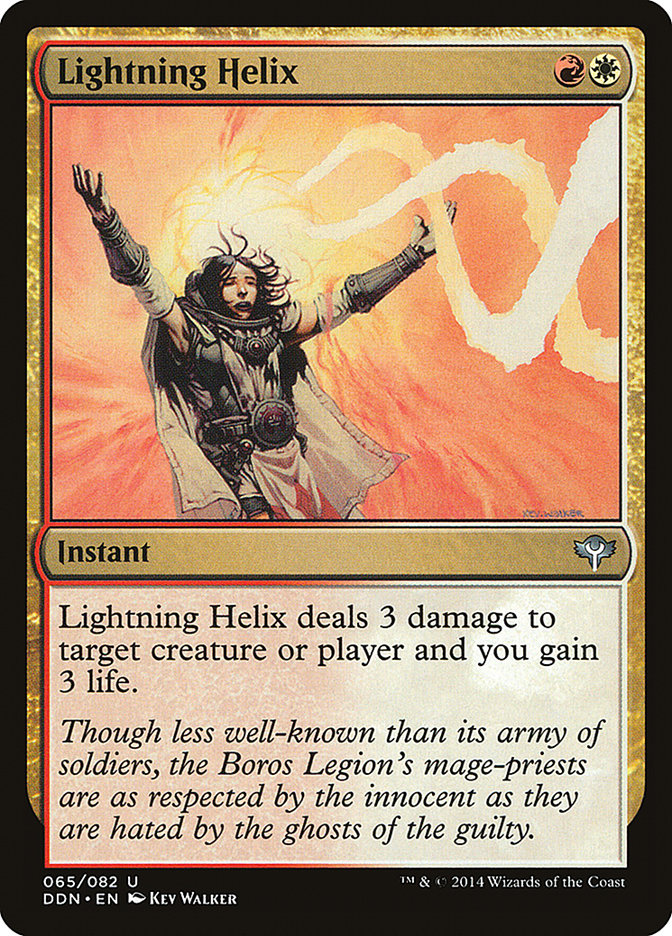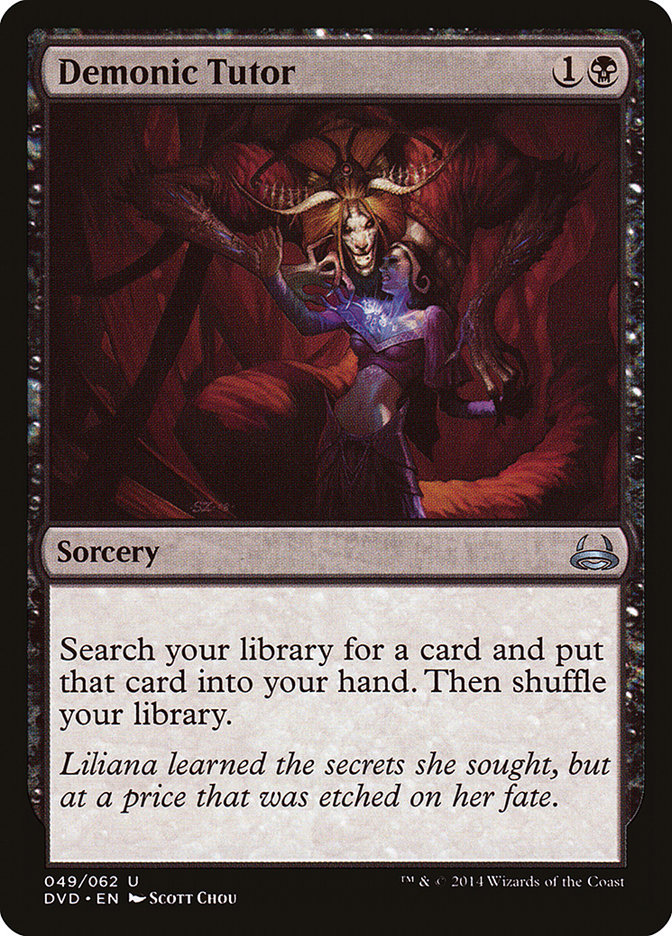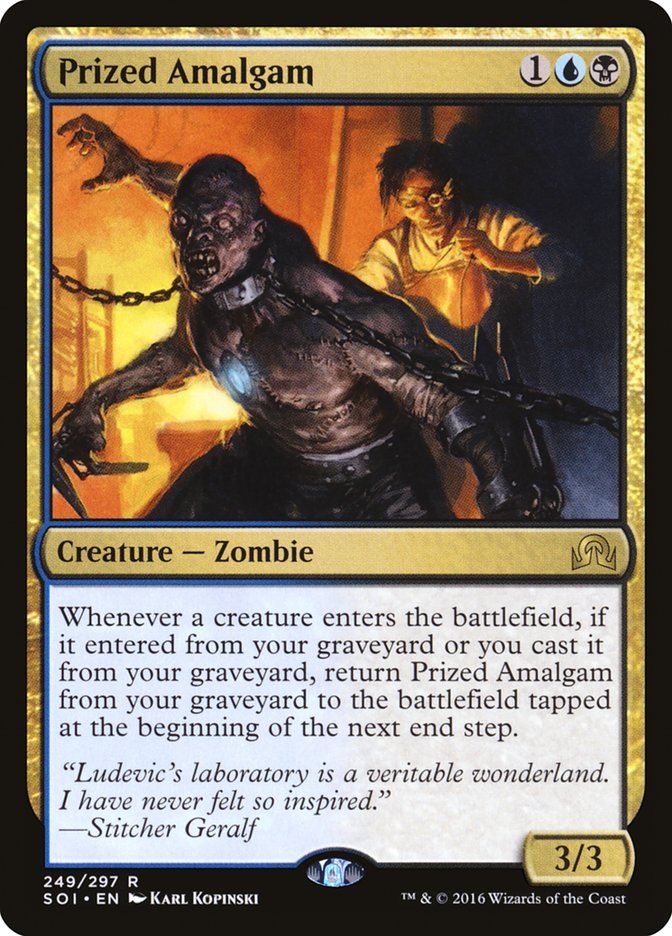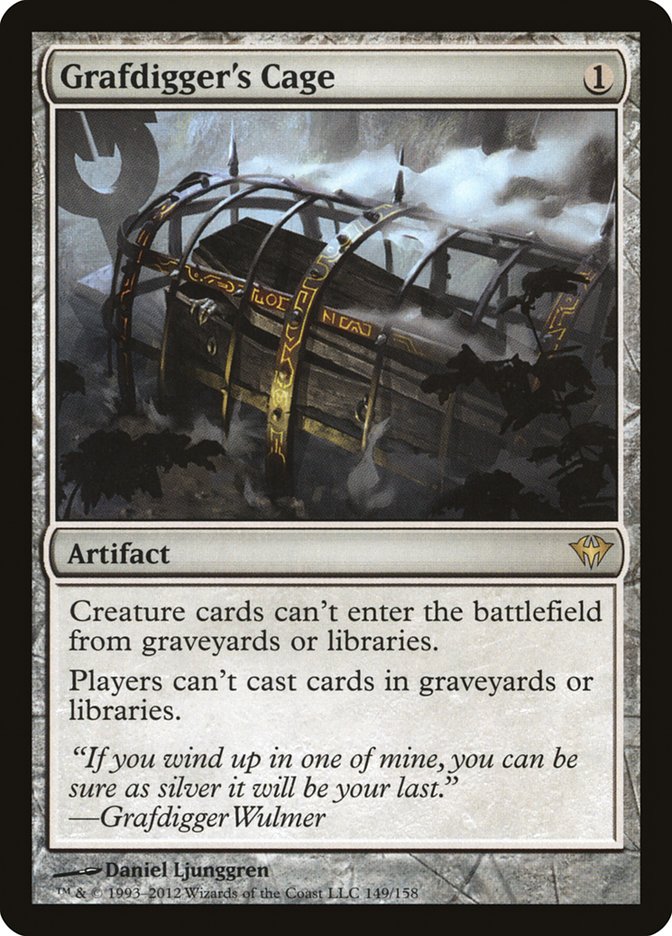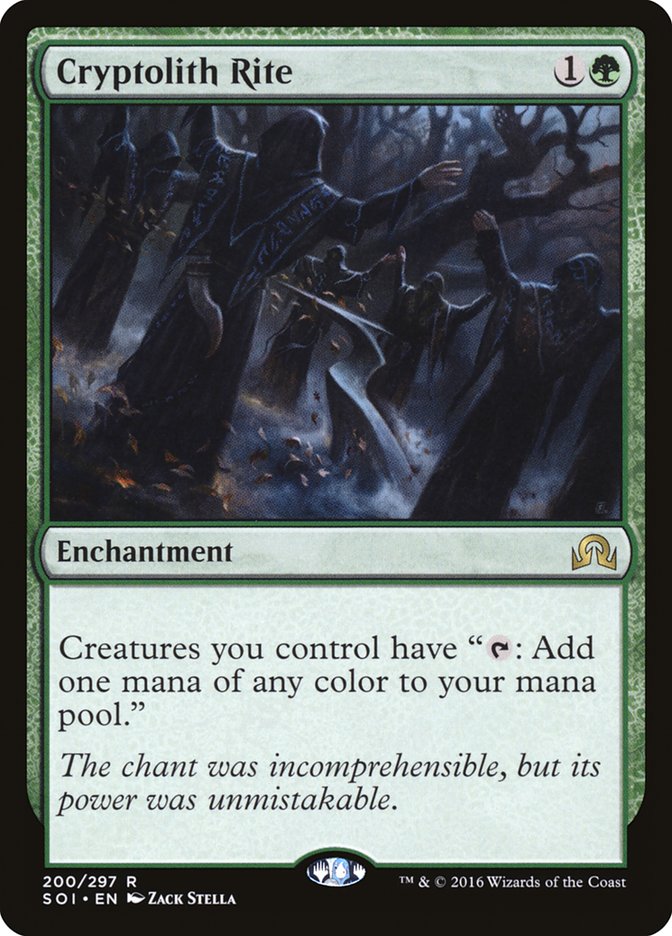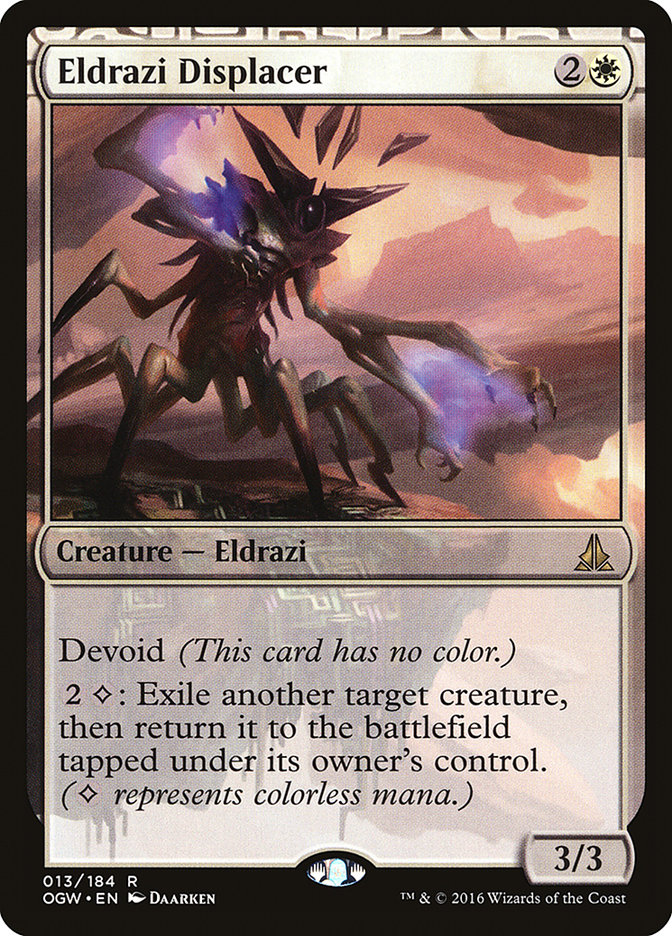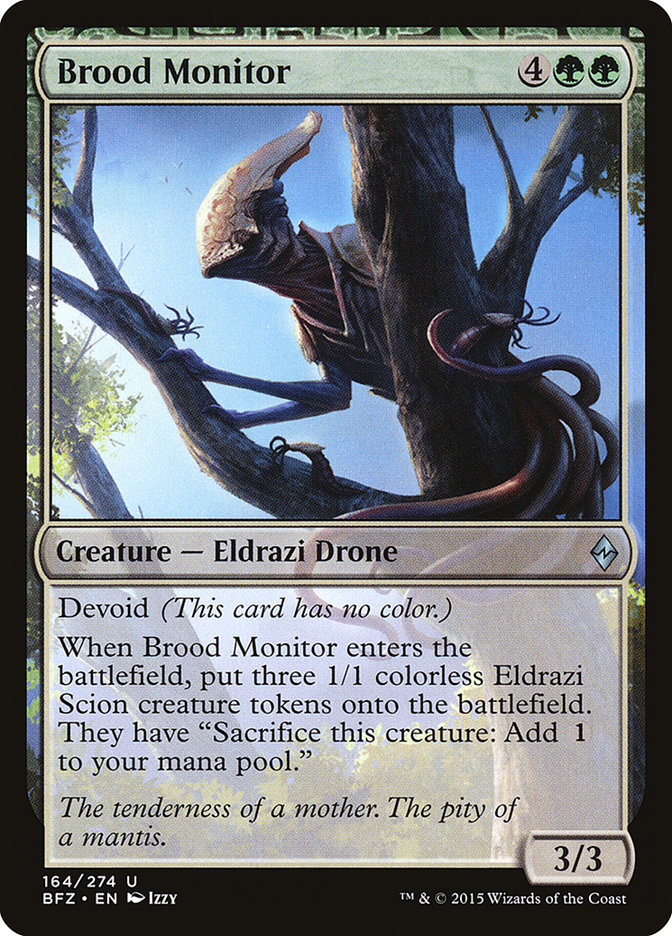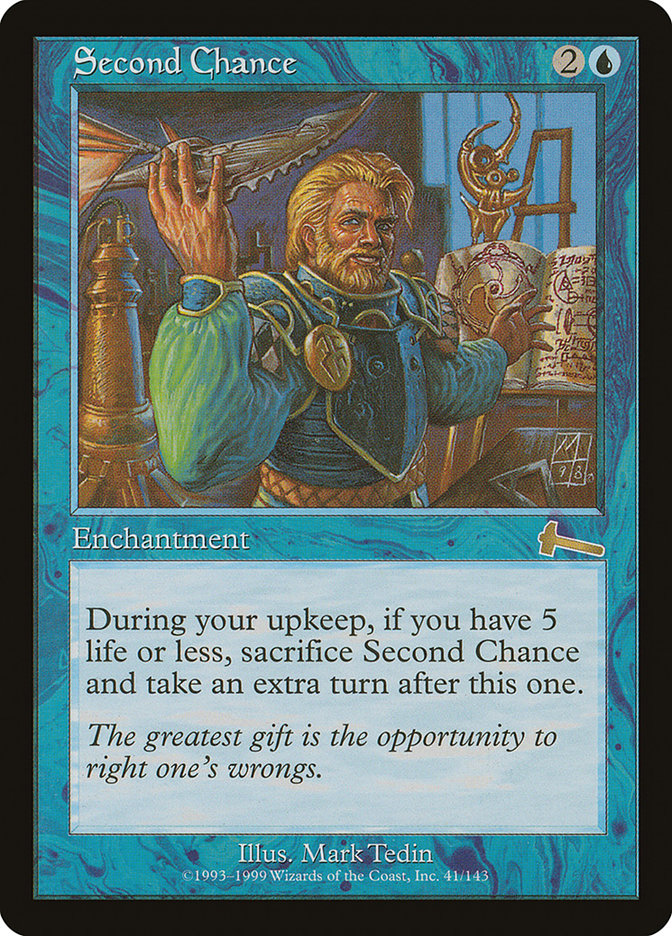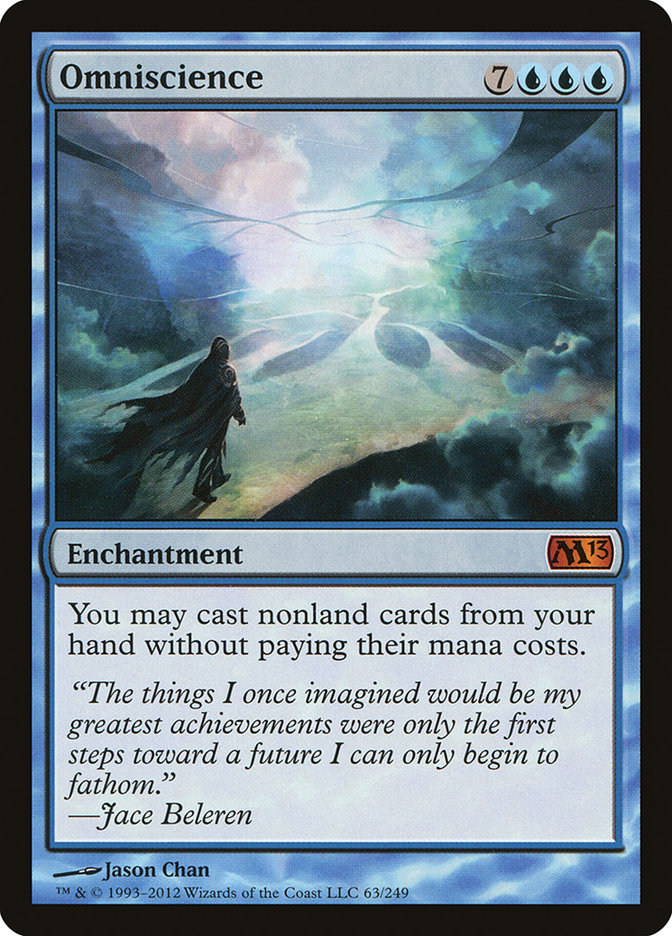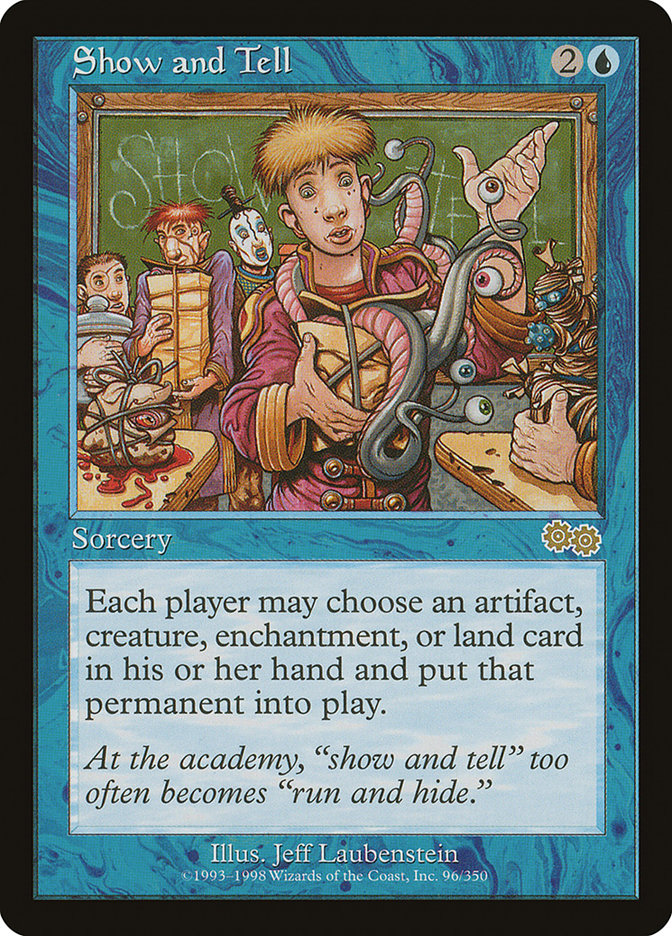This past weekend I got on a plane and went to Seattle to compete in Magic Online’s most prestigious tournament, the Magic Online Championship. In the end I was left with nothing but crushed hopes and a dead-last finish. I think my poor result can be attributed to a variety of things, including potential poor deck choices, unfortunate draws, and perhaps some bad play.
That said, I learned a lot on how to approach a tournament with so many formats. Ideally I would have had more time to prepare, which would have allowed me to make some bolder deck choices, but I played it safe, and it cost me. The other players were prepared and focused and we got to see some cool innovation.
It sounds silly talking about more time to prepare, since I knew about the event for almost nine months, but the formats weren’t available for fully testing until around the time of the Pro Tour. This was because of not only the release of Shadows over Innistrad but also the shakeup in Modern with the bannings and unbannings.
Combined with a busy Grand Prix schedule, it was difficult for me to really innovate, and I am a big fan of innovation in tournaments with high-level players to keep them on their toes, since most of them are well-prepared. I think the best approach in a tournament like this is to pick a format, maybe even two, and simply play something you’re comfortable with. Focus mostly on the more important formats, which in this tournament were Modern and Standard, because there were four rounds for those formats, whereas the others were just three.
When you play in a tournament like this, there is kind of a bond that is formed between the players. We get to know each other between rounds, and at dinner, and during the event itself. In a sense, these super-competitive tournaments with everything on the line are the most casual of events. High-fives to the winners, pats on the back to the losers.
We’re all friends, and we all want the best for each other, so watching Niels Noorlander hoist the trophy and check at the end of the event didn’t leave me with a sense of bitterness; instead, I felt extremely happy for him. He played terrific Magic and deserves everything that has come his way. That said, I got to spend some time talking to all of the players and made a point to talk to some of the competitors about some deck choices they made, especially the innovative ones, and how they felt about the decks moving forward.
Keep in mind that this is an extremely small tournament where metagaming is of the utmost importance. People play decks and variants in this tournament that would not be good for other events. Gerry Thompson and I prepared for this event together, and he did an excellent job researching Magic Online player histories to determine what the competitors in the event were likely to play. This led to his ultimate build of Jeskai Control with Nahiri, the Harbinger that he took to a Top 4 finish.
Creatures (5)
Planeswalkers (4)
Lands (23)
Spells (28)

Gerry built this version specifically to attack a metagame he predicted to be full of Affinity, Abzan Company, Infect, Jund, and various blue control decks. We thought there was a good chance Death Shadow Zoo might show up as well, as that’s what Magnus Lantto’s testing team played at the last Modern Pro Tour.
I personally played a pretty stock Jund deck, because in my limited preparation I didn’t seem to be successful with Jeskai Control and felt like Jund had potential to win any given matchup. This was a concession to the fact I had such little time to find what I consider the best deck, and I wanted to have a chance against anything.
After Pete Ingram took home a trophy at #SCGINDY with a similar deck, it’s likely I was wrong in my initial assessment. Nahiri, the Harbinger gives this deck a whole new angle of attack.
Creatures (6)
Planeswalkers (4)
Lands (24)
Spells (26)

Instead of slowly grinding our opponent out with Snapcaster Mage and various Lightning Bolts, we can instead drop Nahiri, the Harbinger and close the game out quickly by fetching an Emrakul, the Aeons Torn out of our deck. Nahiri, the Harbinger also acts as a removal spell, killing off some opposing creature and then closing the game virtually on its own.
The versatility Nahiri, the Harbinger provides this deck gives it some legs moving forward. I also like how we can pitch our excess copies Ancestral Vision that we draw in the middle of the game to Nahiri, the Harbinger, turning our otherwise dead draw into some gas.
Timely Reinforcements seemed a bit weird to me when Gerry first sent me the decklist.
Why Timely Reinforcements instead of Lightning Helix? That was the first question I asked Gerry. His answer was simple: the tokens provide some extra protection for Nahiri, allowing us to put opponents in an awkward position when they have only one threat on the battlefield. If they attack Nahiri, the Harbinger, we can chump-block and follow up by exiling the creature. If they don’t attack, it’s as if they didn’t have the creature anyway.
Moving forward, I expect this deck to be a big contender in Modern. I don’t know which version is best, but I would try out some different versions if you have the time. I feel like this deck may be customizable to play style and expected metagame. If combo-control is your thing, I recommend Jeskai Control with Nahiri moving forward.
Sticking with Modern, the next deck we can take a look at is Sam Black’s Temur Traverse deck.
Creatures (16)
- 1 Eternal Witness
- 4 Tarmogoyf
- 1 Scavenging Ooze
- 3 Snapcaster Mage
- 2 Jace, Vryn's Prodigy
- 1 Pia and Kiran Nalaar
- 4 Tireless Tracker
Lands (19)
Spells (25)

My first impression of this deck is that it looks incredibly sweet. I am a huge fan of versatility and the way Sam exploits Traverse the Ulvenwald with both his maindeck and sideboard is exciting. When you have four copies of Demonic Tutor in your deck for your sideboard cards, you’re going to have access to them extremely frequently, and I really like this approach.
I talked briefly with Sam about the deck, and he seemed to think this deck is not the best choice moving forward. When I asked why, he simply said his deck is great at making Tarmogoyf big, but quite poor at dispatching of an opponent’s Tarmogoyf. This is certainly an issue that should be resolved, but maybe Sam is wrong and the deck could have some legs.
I do like the idea of a Traverse the Ulvenwald toolbox deck in Modern, and think the delirium mechanic might be something to explore moving forward. I’d like to see something like a Magnus of the Moon alongside Traverse the Ulvenwald, potentially granting us some free wins. As for a carbon copy of Sam Black’s Temur Traverse, I would advise against it, but I think there is some potential here that can be explored.
The next Modern deck from the MOCS we can take a look at is the Dredgevine deck that both Mangus Lantto and Oliver Tiu played.
Creatures (34)
- 4 Golgari Grave-Troll
- 4 Stinkweed Imp
- 2 Rotting Rats
- 4 Bloodghast
- 4 Vengevine
- 4 Gravecrawler
- 4 Lotleth Troll
- 4 Prized Amalgam
- 4 Insolent Neonate
Lands (20)
Spells (6)
Sideboard

The first time I played against a version of this deck preparing for the MOC, I was blown away. Prized Amalgam and Insolent Neonate are both excellent additions to this style of deck. Insolent Neonate allows us to discard a dredge card and then immediately begin dredging on the same activation, allowing for some pretty explosive starts.
Prized Amalgam provides us another potent body to return to the battlefield for free, giving this deck a lot of the redundancy it needed to be explosive. This deck is quite powerful, but extremely linear. As you can see in the decklist, there isn’t a single answer to Rest in Peace once it hits the battlefield, making it extremely weak to hate cards. Grafdigger’s Cage also shuts off Ancient Grudge’s Flashback and any creatures coming back from the dead. With decks like Dredge, Nahiri-influenced Jeskai Control, and Abzan Company all very popular, I would expect to see an uptick in Grafdigger’s Cages played and would advise you to include them in your sideboards if it doesn’t affect your deck’s plan.
I asked both Oliver and Magnus about the deck, and Magnus admitted he does not think the deck is great moving forward. He believes it’s not strong enough to play, given that people will now likely prepare for it. My own personal opinion is that, while explosive, the Dredgevine deck can still lose fair games to Tarmogoyf and more obviously Scavenging Ooze alongside removal spells, making it not a reliable choice, and not something I’d play at a tournament like #GPCharlotte.
Magnus also told me the reason he played this deck was simply because, on Magic Online, there is no way to demonstrate a loop. He would have otherwise played Abzan Company. Since there is no way to simply demonstrate a loop, it makes it tedious to go through the motions over and over and can potentially end in a match loss due to running out of time. So as for Dredgevine, I’d look elsewhere if you’re trying to win a competitive event, but this deck is a lot of fun to play, and oddly fun to play against because straightforward interactive Magic is enough to compete with it, at least on occasion.
Another new deck that came out of the MOC was a Standard deck, played again by both Oliver Tiu and Magnus Lantto.
Creatures (28)
- 4 Elvish Visionary
- 4 Eldrazi Skyspawner
- 4 Reflector Mage
- 4 Eldrazi Displacer
- 3 Reality Smasher
- 1 Sylvan Advocate
- 4 Duskwatch Recruiter
- 4 Loam Dryad
Lands (24)
Spells (8)

This deck is awesome. I’ll flat out say it: I was never a fan of the Four-Color Rite decks that have been getting more and more popular. Maybe it’s because the G/W Tokens deck I’ve played for four weeks in a row is somewhat soft to it, but mostly it’s because I didn’t like how it lined up for Languish decks. Four-Color Rite have so many ways to interact with opponents’ creatures that it’s left with some pretty weak cards when facing a control deck.
Magnus and Oliver recognized this weakness and prepared for it. Reality Smasher is a popular card to bring in against various control decks, so they simply made it a secondary win condition. They removed the combo of Eldrazi Displacer, Zulaport Cuthroat, and Brood Monitor and turned the deck into a more midrange deck that uses Eldrazi Displacer to control the battlefield alongside Reflector Mage.
Since the decks with Languish, Ultimate Price, and Grasp of Darkness all struggle with Reality Smasher, having it maindeck can help with an otherwise bad matchup. Piloting G/W Tokens, I played against Magnus in this event, and my plan to Tragic Arrogance his battlefield was covered by a follow-up Reality Smasher leaving me drawing pretty slim once I fell behind. This is a deck I could see being pretty potent moving forward and I highly recommend it if you want to try something new or are a big fan of the Cryptolith Rite strategies. Both Oliver and Magnus endorsed this deck when I asked them after the event if they think it’s something they would play in the future.
After playing in these events, there are always a lot of questions running through your mind. What if I played this? What if I played that? Unfortunately, we can’t go back in time and correct our mistakes, but we can learn from them and move past them. Every time I do poorly in an event, I try to stay level-headed and understand what I could have personally done better.
For this event, I think playing more matches with my decks, trusting my gut to move off of G/W Tokens for this event, and communicating more frequently with my partner Gerry Thompson would have all been steps in the right direction. That said, if I could play the tournament over again and choose decks only from this tournament to play…
I would have played different decks in all formats.
I would have played Gerry Thompson’s Jeskai Control in Modern. It’s a difficult deck to attack with specific sideboard hate and had reasonable matchups in the field. In Standard I would play Bant Eldrazi as piloted by both Oliver Tiu and Magnus Lantto. This deck has some angles of attack for even its poor matchups that other Cryptolith Rite decks do not, which may prove to make it a force to be reckoned with in the future.
Last, in Legacy I would have chosen to play Jonathan Anghelescu’s Omni-Tell deck. He’s a master with the archetype, as I’ve been told, and his list looks clean and powerful.
If you’re going play Magic this weekend, those are the three decks I’d recommend coming out of the MOC in each Constructed format.


